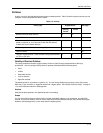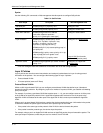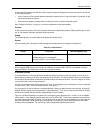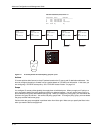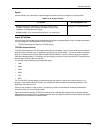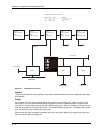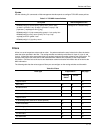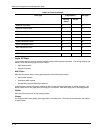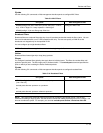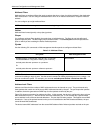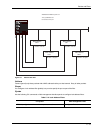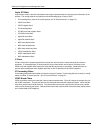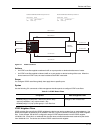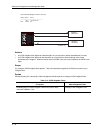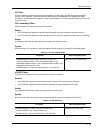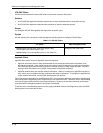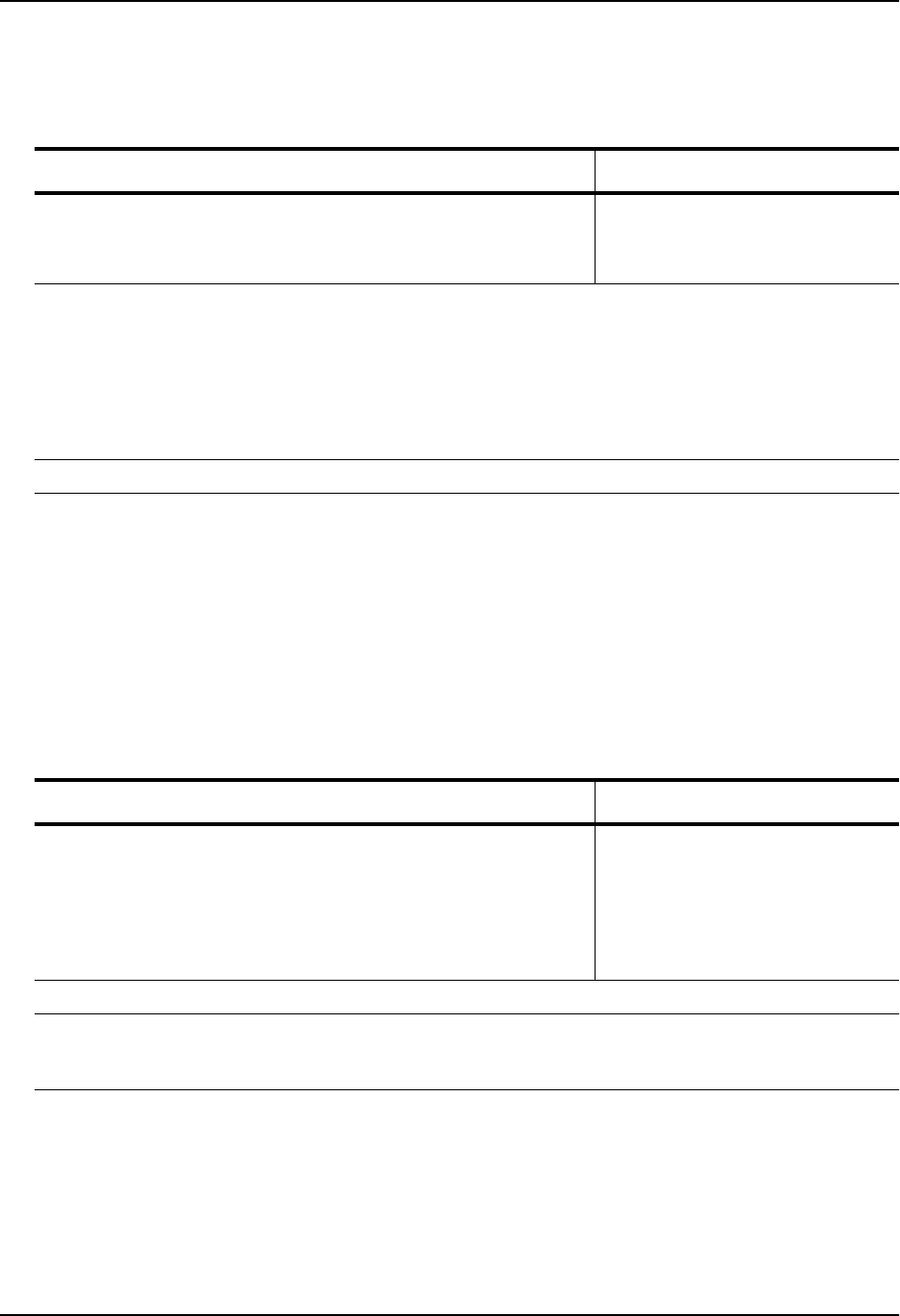
Policies and Filters
Syntax
Use the following CLI commands or Web management interface panels to configure MAC filters.
Table C.9: MAC Filters
CLI syntax Web management links
HP9300(config)# mac filter <filter-num> permit | deny any | <H.H.H>
any | <H.H.H> etype | IIc | snap <operator> <frame-type>
HP9300(config-if-1/1)# mac-filter-group <filter-list>
Configure->MAC Filter
Broadcast Filters
Broadcast filters are outbound filters that drop Layer 2 broadcast packets that match the filter criteria. You can
filter on all broadcast traffic or on IP UDP broadcast traffic only. You also can specify a VLAN ID so that
broadcasts are dropped only for the specified VLAN.
You can configure up to eight broadcast filters.
NOTE: Broadcast filters are applied in numerical order, beginning with filter 1.
Action
Broadcast filters forward (permit) or drop (deny) packets.
Scope
You configure broadcast filters globally, then apply them to individual ports. The filters do not take effect until
applied to specific ports. The filters apply only to outbound traffic. The exclude-ports command specifies the
ports on which you are excluding the filtered multicast packets.
Syntax
Use the following CLI commands or Web management interface panels to configure broadcast filters.
Table C.10: Broadcast Filters
CLI syntax Web management links
HP9300(config)# broadcast filter <filter-id> any | ip udp
[vlan <vlan-id>]
exclude-ports ethernet <portnum> to <portnum>
Or
exclude-ports ethernet <portnum> ethernet <portnum>
Not available
NOTE: This is the same command syntax as that used for configuring port-based VLANs. Use the first
command for adding a range of ports. Use the second command for adding separate ports (not in a range). You
also can combine the syntax. For example, you can enter exclude-ports ethernet 1/4 ethernet 2/6 to 2/9.
C - 13



